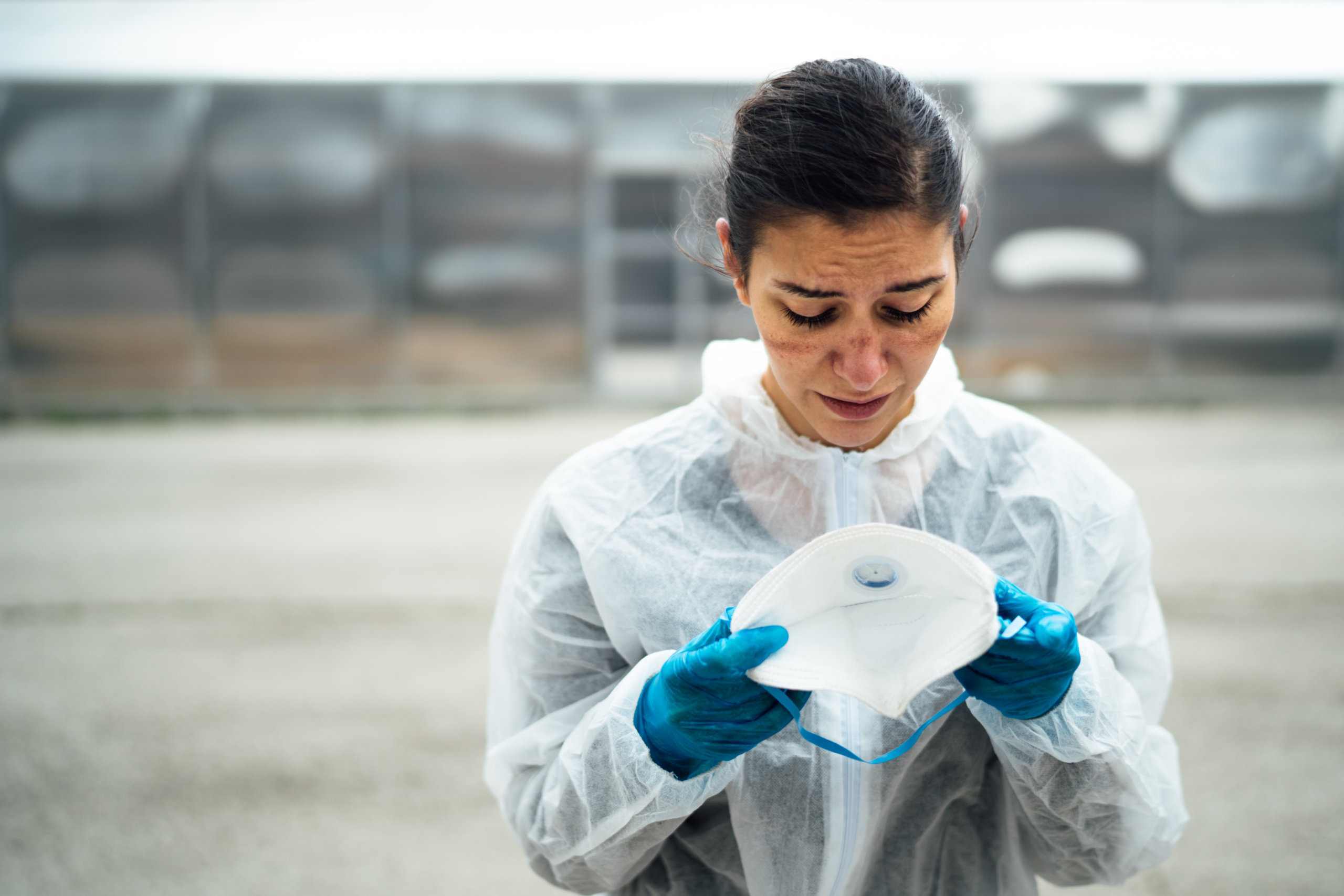Burnout is on the rise and it is hitting frontline healthcare professionals harder than most. While not surprising given the stressors of the global COVID-19 pandemic, the impact of burnout is very serious. It leads to depression, anxiety, insomnia, and in the worst and far too common of instances, suicide. Burnout is a force that should be taken as seriously as the pandemic itself and for healthcare facilities across the world, they have found themselves managing both the COVID-19 and burnout crises simultaneously.
Long before COVID-19 came to be, the World Health Organization had named stress the “epidemic of the 21st century” and the source of this stress, they say, is primarily professional.
Stress can be positive, as is the case during a workout, or negative, such as working a 28-hour shift, as is common in the medical profession. Stress and burnout are not the same, they are not synonyms. They are unique in their forms, symptoms, and impact.
When stress becomes burnout it does so because it’s unrelenting, compounds over time, and lacks adequate interventions and resources. This can occur across any and all professions, but especially in high-intensity fields such as medicine, and especially during a global pandemic.
COVID has created conditions in which stress and burnout are simply unavoidable. Often operating in war-like conditions over a sustained period of time – since March 2020 – nurses, doctors, administrators, and even custodians have been called upon to do the unthinkable.
“I really don’t think there is any way to prepare for what we went through,” reflects Ashley Chunn, Outpatient Clinic Manager at Atmore Community Hospital. Chunn went on to reflect on the staff’s resilience as a close-knit professional community who relied on each other heavily to ease the struggle.
What made the biggest difference, says her colleague Suzanne McGill, Director of Nursing, was the chaplain. Ordinarily he would tend only to patients, but over the past year, he has become an invaluable resource to Atmore Community Hospital’s staff as well, meeting with doctors, nurses, or anyone who sought guidance and spiritual comfort.
Resources that other hospitals have instituted in these trying-times tend to come from the top-down and are oriented around on- versus off-the-clock boundaries, such as:
- Offering a peer support program, in which staff can meet and share feelings openly
- Redistribute the nurse-to-patient ratio in favor of a team-based approach that helps rebalance workloads
- Providing a list of wellness resources directly to staff
- Promoting time off and away from the hospital and workplace
- Implementing a “no email and/or contact with work” after working hours
- Shifting to a flexible scheduling approach, preferring 4, 6, or 8 hour shifts rather than 12 hours or longer
- Paying staff if they volunteer on their off days, allowing them to participate in a cause they are passionate about while offering financial support to do so
- Anonymizing the reporting process to HR for staff exhibiting signs of burnout or stress while on the job
- Normalizing frequent breaks to leave your work area for 10-15 minutes at a time without interruption
The creative and resourceful thinking required to manage intersecting crises is impressive. Like most of the world’s biggest problems, reducing the mental health burden for healthcare professionals will require a multi-pronged approach at the individual level all the way up the systemic. While it’s unlikely the world will see a second pandemic in our lifetime, the hope is that we collectively use the COVID-19 experience to advocate for, build, and design healthier work environments where everyone can thrive.
Our Inspirien Risk Consultants have put together a free webinar on recognizing and mitigating concerns related to this epidemic. Best practice for leadership response and resources will be shared during this 1 hour lunch and learn webinar. Join us May 5th or 6th from 12 – 1 PM CT. Continuing education credit available for nursing and nursing home administrators.
Click HERE to register today!

